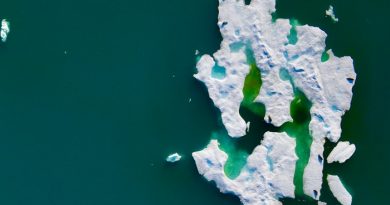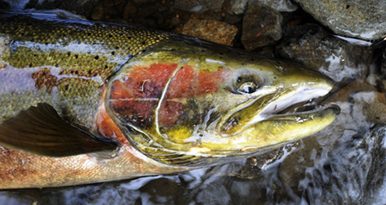Droppings of Arctic seabirds enrich the environment
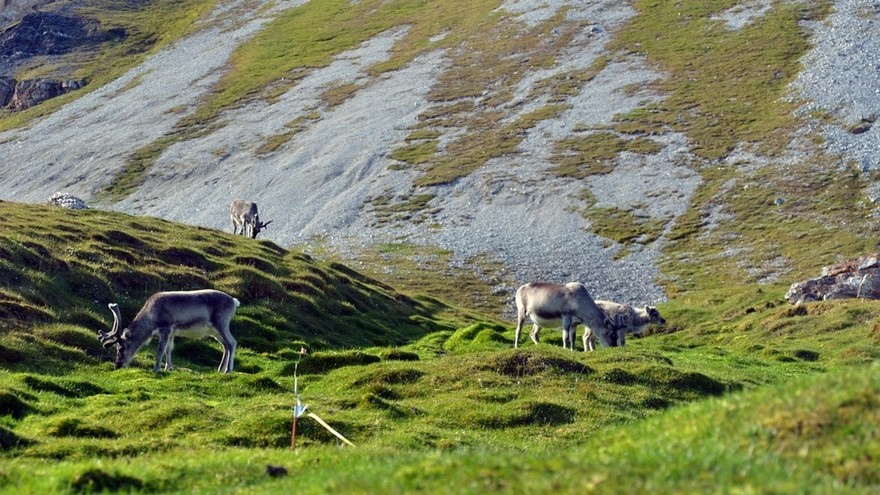
Lena Bakker, Sigrid Trier Kjaer and Jana Rüthers, SwissInfo
BLOG – When people think of the Arctic, most people think of an icy or rocky place with sparse vegetation, if any. But next to the natural tundra, which mostly consists of dwarf shrubs or patchy vegetation patterns, there are some vegetation hotspots under bird nesting areas concentrated in steep cliffs.
When approaching these bird cliffs from the sea, we first saw the towering, mountain sides. The lovely green patches underneath made a beautiful contrast to the grey of the rock. We heard the birds before we saw them. It was very moving to witness chicks jumping off the cliff for their first flight ever, accompanied and encouraged by their parents.
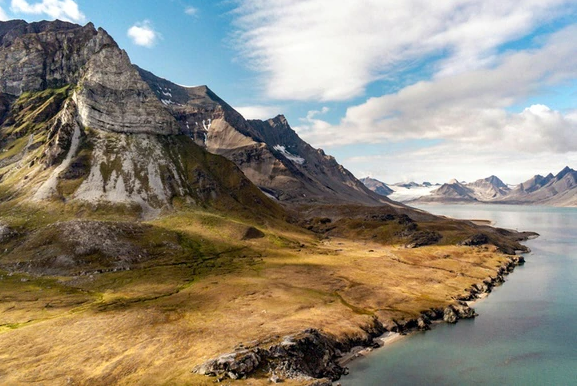
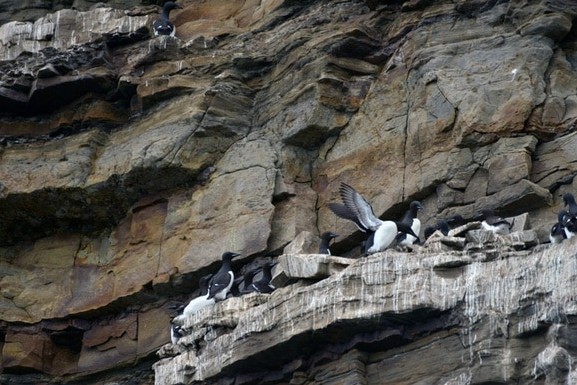
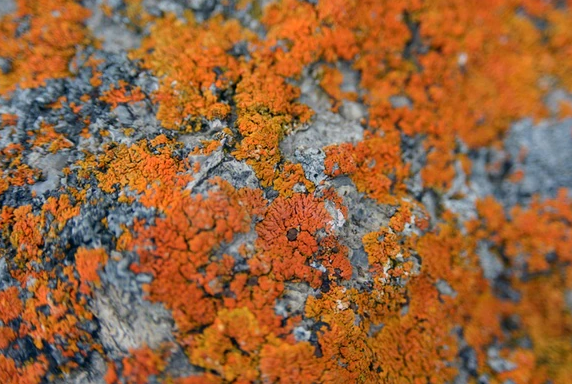
Several bird species such as the little auks, the kittiwakes and the fulmars breed on the steep slopes of Svalbard’s coastline. The birds hunt fish in the sea and their huge colonies can produce up to 150 kilogrammes of guano [excrement] per day. Guano like this has been, and still is, a widely used fertiliser in agriculture. So here, nutrients from the sea are transported onto a usually nutrient-poor tundra, and this rich fertiliser behaves as it would on any field: it supplies plants with nutrients. The nutrients are distributed as the snow melts in spring, and during the rest of the year with rain run-off. These processes are essential for the creation of nutrient enriched soils that give rise to lush vegetation and specialised microorganisms.
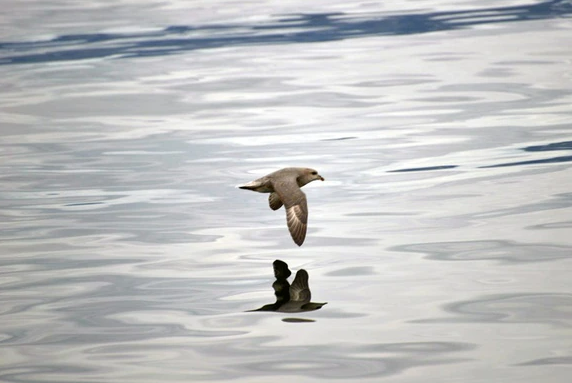
This nutrient enrichment proccess is particularly remarkable in the Arctic. Nitrogen is a limiting factor for plant growth in many climatic zones of the Earth, but the availability of nitrogen and phosphorus is especially limited in the Arctic. That is due to the low temperatures, low precipitation and slow weathering of bedrock, a process that releases minerals into the soil. The increased amount of nutrients in the land below these bird cliffs enables plant species to grow better, but also opens barriers for other species that do not perform so well on the nutrient-poor tundra soils. Typical examples of plants thriving thanks to the nutrients spread by bird droppings are the Mountain sorrel (Oxyria digyna), a flowering plant of the buckwheat family typically found in the Alps, and the Greenland scurvy-grass (Cochlearia groenlandica), a flowering herb used for medicinal purposes. Endemic plants that only occur on Svalbard, such as the white-petalled Saxifraga svalbardensis, are likely to be found.
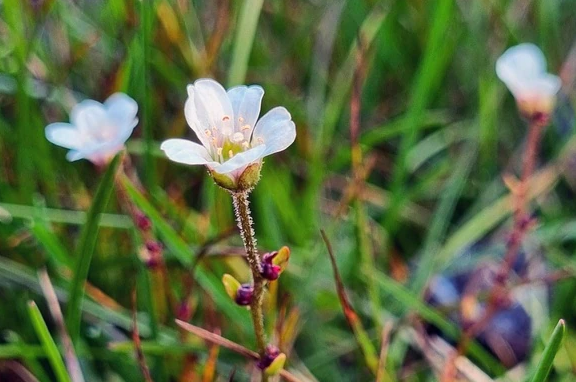
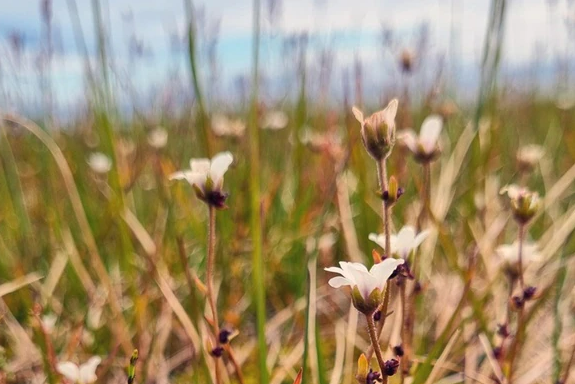
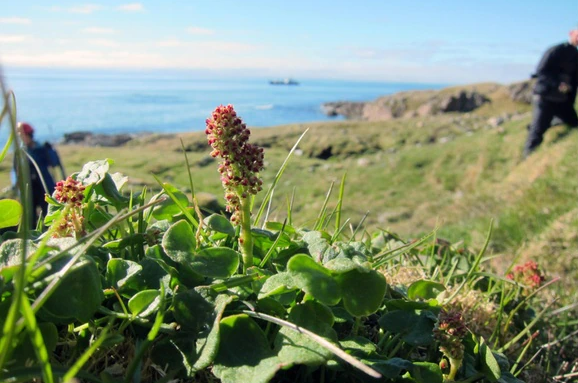
With increasing nutrients and changing vegetation, the composition and activity of the microbiome also changes. This microbiome – that is the collection of bacteria, fungi and other microbes – behaves differently to the microbiome of the natural tundra when it comes to the cycling of carbon and nitrogen and the weathering of the bedrock. This also affects how the microbiome interacts with the plants.
Since these places have experienced increased nutrient input for a long time (bird cliffs tend to be used over very long timespans) they have accumulated thick, organic-rich soils that are often frozen all year in the deeper layers (permafrost). These soils could potentially release greenhouse gases when the microorganisms decompose this thawing plant matter due to warmer air temperatures in the Arctic. We would like to better understand these changes to fill in another puzzle piece of the greening of the Arctic.
Related stories from around the North:
Canada: ‘Wow factor’: Public website reveals best-yet picture of hundreds of bird migrations
Finland: Migratory birds still sighted as far as southern Finland, Yle News
Norway: In Arctic Norway, seabirds build nests out of plastic waste, The Independent Barents Observer
Russia: Rare birds around Russian Arctic oil field not a problem, company financed study says, The Independent Barents Observer
United States: North America’s bird population down three billion since 1970, Arctic breeders hit hard, CBC News

